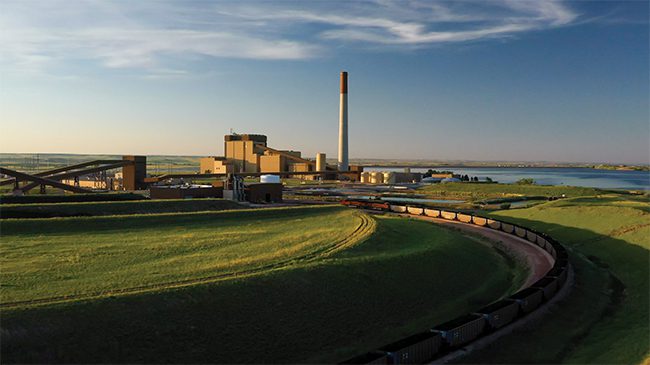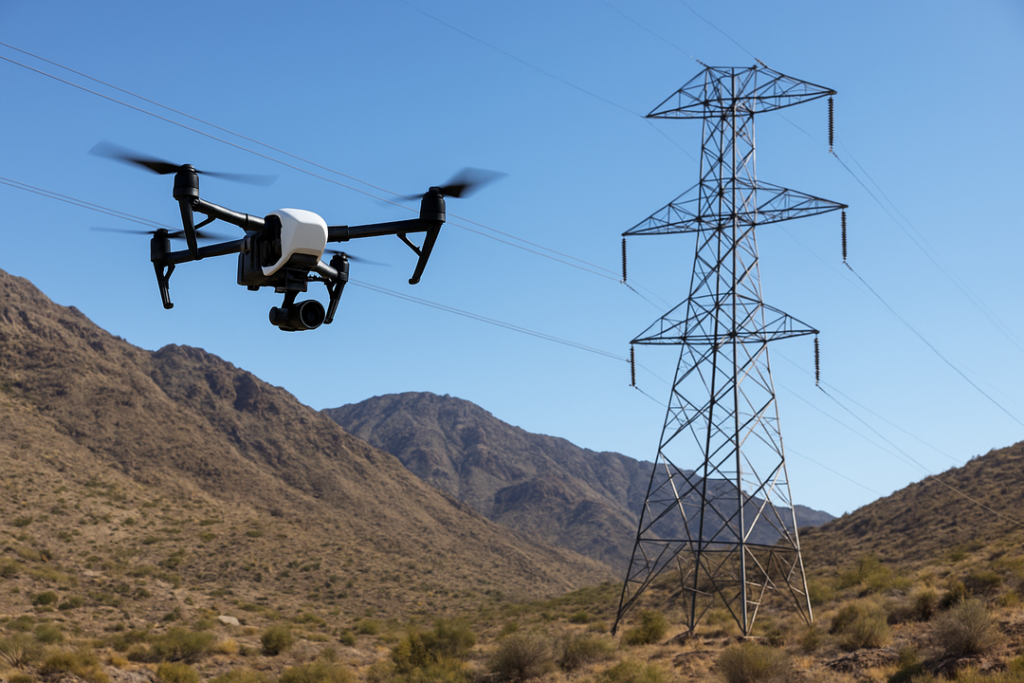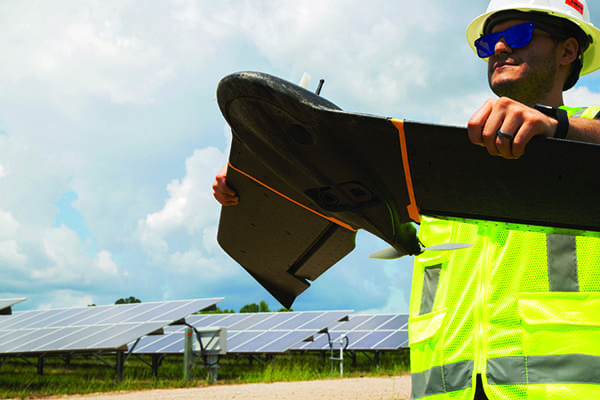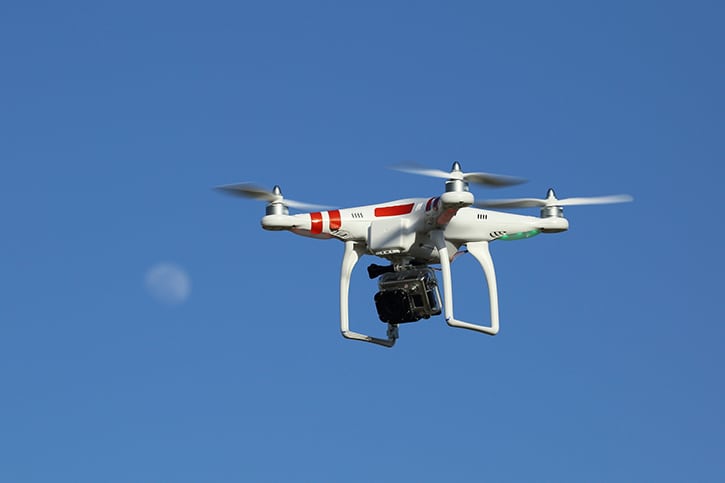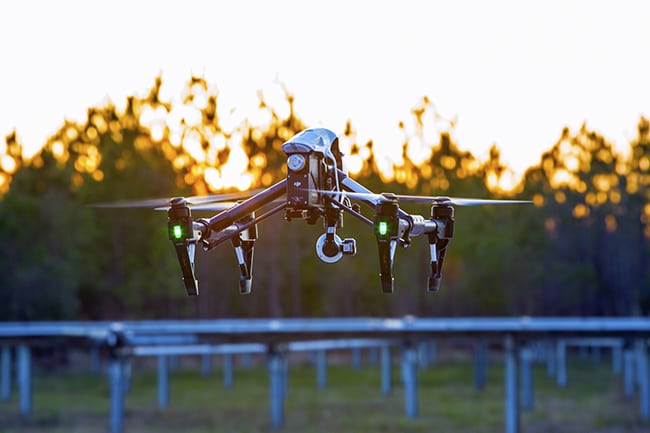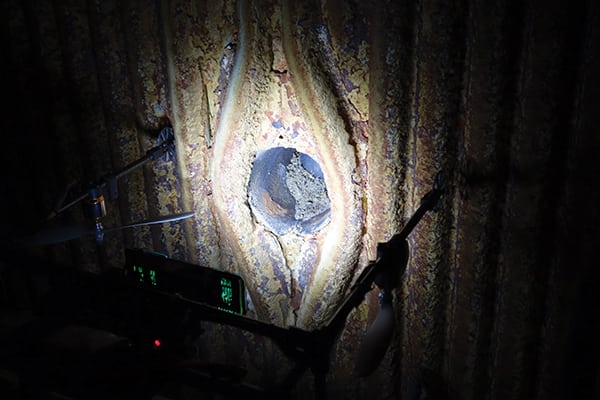Across the country, energy and utility companies are adopting and using drone technology to increase their business operations and improve overall safety of their workforces. Many companies are also discussing the risks and rewards of implementing new safety technology on job sites. With workplace fatalities in the transportation, warehousing, and utilities sectors comprising 17.3% of all U.S. workforce fatalities (according to 2015 figures compiled by the Centers for Disease Control and Prevention), there are opportunities for drones to access difficult or dangerous-to-reach spots, reducing risk to workers.
Drone Technology in Action
The following are a few specific use cases for drones that help keep utility-sector workers on the ground and otherwise out of harm’s way.
Line and Tower Inspections. One of the routine parts of a utility job is site inspection—including power lines, cell towers, wind turbines, and hydroelectric dams. In the U.S. alone, there are 200,000 miles of high-voltage transmission lines and 5.5 million miles of distribution lines that need periodic inspection.
By outfitting each lineworker’s truck with a small drone capable of zipping up and down a pole or tower capturing data and visual images, companies could speed inspections and eliminate the need for workers to climb to dangerous heights or clamber in and out of truck buckets. Various companies, such as Talon Aerolytics, are already using unmanned aerial vehicles (UAVs) to inspect cellular towers, deploying a workforce of mobile operators capable of systematically inspecting hundreds of thousands of towers annually, which greatly reduces the time people spend working at height.
In addition to the safety benefits, drones offer significant cost savings. Manned aircraft for line inspections typically cost between $1,000 and $2,000 per hour, while drones can cost as little as $200 to $300 per hour to do the work while collecting even more data. Further, once the Federal Aviation Administration opens up “beyond-visual-line-of-sight” regulations, utility companies will be able to service hundreds of thousands of miles of transmission lines and millions of miles of distribution lines much more quickly and efficiently with dozens or hundreds of drones at once.
Wind Turbine Inspections. The wind energy industry is the fastest-growing source of power generation in the world. Drones are already being used to inspect wind turbines, which can be more than 800-feet tall at the blade tips, allowing workers to minimize time spent climbing structures, thus reducing accident risks. There are some 52,000 utility-scale wind turbines operating in the U.S., and an estimated 800,000+ turbine blades worldwide that need regular inspection. In a recent study, Navigant Research found “[blade] deterioration can cause reduced energy production in early stages and catastrophic and costly blade collapse if left unnoticed. This is driving a brisk business in wind turbine blade inspections, which has traditionally been accomplished from the ground with simple visual inspections or more complicated and risky rope or platform access. A new approach using UAVs is rapidly muscling in as a middle option.”
Inspecting Boilers. Boilers, like wind turbines, present a dangerous situation for workers who need to perform routine inspections. The boilers at power plants are typically eight to 10 stories tall and have thousands of components that must be inspected regularly. Previously, companies were required to spend many hours building scaffolding and/or using ladders and suspension devices to inspect boiler equipment. Today, this work can be completed in significantly less time using a drone, without exposing workers to unnecessary risks or devoting time and resources to installing and removing scaffolding.
Appraising Roofs. The roof is one of the most difficult and dangerous areas of a building to inspect. Access is often challenging, sometimes requiring climbing on ladders or standing on scaffolding. They are not always level, which increases the risk of a fall. Sometimes skylights are unintentionally left exposed or are made of weak material, causing an unlucky worker to fall through. Areas of a roof may be too damaged to support the weight of a person, and strong winds or adverse weather conditions can also lead to a fall.
Arranging adequate fall protection to mitigate these dangers involves painstaking and sometimes costly measures, which many operators would rather avoid. A drone outfitted with a high-quality camera makes inspection cheaper, easier, and safer and could allow the added bonus of more frequent inspections. The video footage of a roof inspection can be live-streamed to people on the ground, increasing the transparency of such operations.
Unstable or Crumbling Surfaces. Drones can glide over rugged or unstable terrain—where it’s hard for utility workers to get around—and send back pictures showing the condition of power lines and pipelines. In a recent case, a UAV was used to create a 3-D model of a dilapidated dam that was deemed too dangerous for workers to walk on. Using drone technology, the surveyors were able to eliminate risk to their employees, acquire aerial data they couldn’t have attained with a boat, and eliminate the significant costs of hiring a helicopter and pilot.
Storm Damage and Other Structural Damage. When natural disasters and storms damage trees, power lines, towers, and other vital structures, drones can be deployed to safely and precisely identify the extent and the location of the damage. This allows utility companies to triage repairs and dispatch crews—with full knowledge of the extent of damage and what is needed to get operations back online—in a more strategic and efficient manner. Even in smaller instances of down trees shutting off power, drones can help crews expedite inspections to get power back on more quickly.
Sensing for Abnormalities. On the natural gas side, there are an estimated 2.4 million miles of underground natural gas pipelines across the country. Pipeline leak detection is now being done via drones mounted with thermal imaging sensors. The sensors can also detect abnormal heat or cold underground—areas that might need additional infrastructure or could pose risks of electrical fire. A drone with thermal-imaging capabilities can also assess the efficiency of a solar panel array, helping identify any areas that are behaving abnormally.
Placing Safety Gear. Beyond inspections, drones can be used to place climbing safety gear for utility workers on tall structures and thread the guidelines used to hoist larger transmission cables into place. Presently, helicopters, bows and arrows, and manual placement methods are used.
Flying Safely in Controlled Airspace
While drones tend to get most of the attention, it’s really the software that powers many of the operational advances. Drones are great at flying, but energy and utility companies are also investing in software to make sense of all those photographic, thermal, infrared, and geographic information system data gathered by sensors and cameras mounted on drones. Management software, such as Skyward, ensures efficiency and return on investment from flight planning and reporting to making sure the pilot flies safely in controlled airspace. Many inspection sites reside in controlled airspace so it’s crucial for utility companies to obtain proper permission before drones take off.
Unmanned aviation can mitigate some of the most-severe risks that workers face in day-to-day utility operations and management. In all these cases, drones represent a means of conducting inspections more safely and for less money, making the process more efficient and allowing for more frequent inspections. This makes structures safer and saves companies money in the long run by heading off potential issues before they become significant problems.
—Mike Danielak is director of client services at Skyward, a Verizon company.





